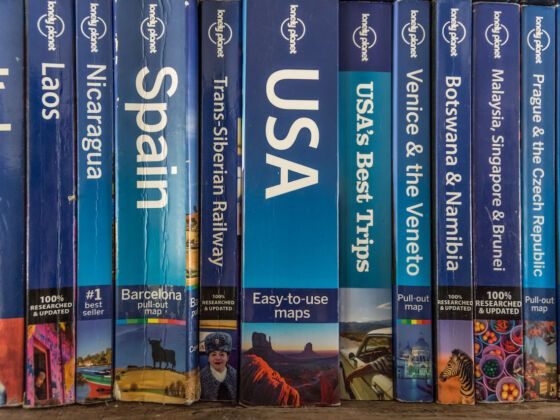Started by Maureen and Tony Wheeler in 1973, Lonely Planet’s first guidebook Across Asia on the Cheap retailed for $1.80 in 1973 and advised travellers on how to do the overland journey from Europe to Australia known as the Hippie Trail. Africa on the Cheap would follow in 1977 and now Lonely Planet is the largest guidebook publisher in the world and a travel empire. It has printed more than 120 million books in 11 different languages. It sells apps, accommodation, magazines, insurance, flights and a range of other travel products and services.
In 2007, the BBC bought 75% of the company, then the remaining 25% in 2011. In 2013, the BBC sold it to American billionaire Brad Kelley who incorporated it into his NC2 Media Company. But Lonely Planet continues to sell guidebooks. While the company has obviously changed a lot since the 1970s, what is less obvious is how these changes are reflected in their guidebooks. Here are 10 differences between their old and new guidebooks:
